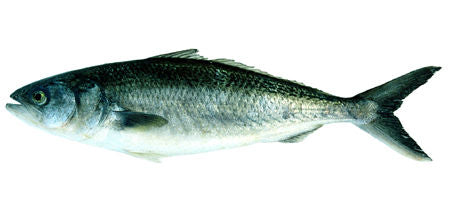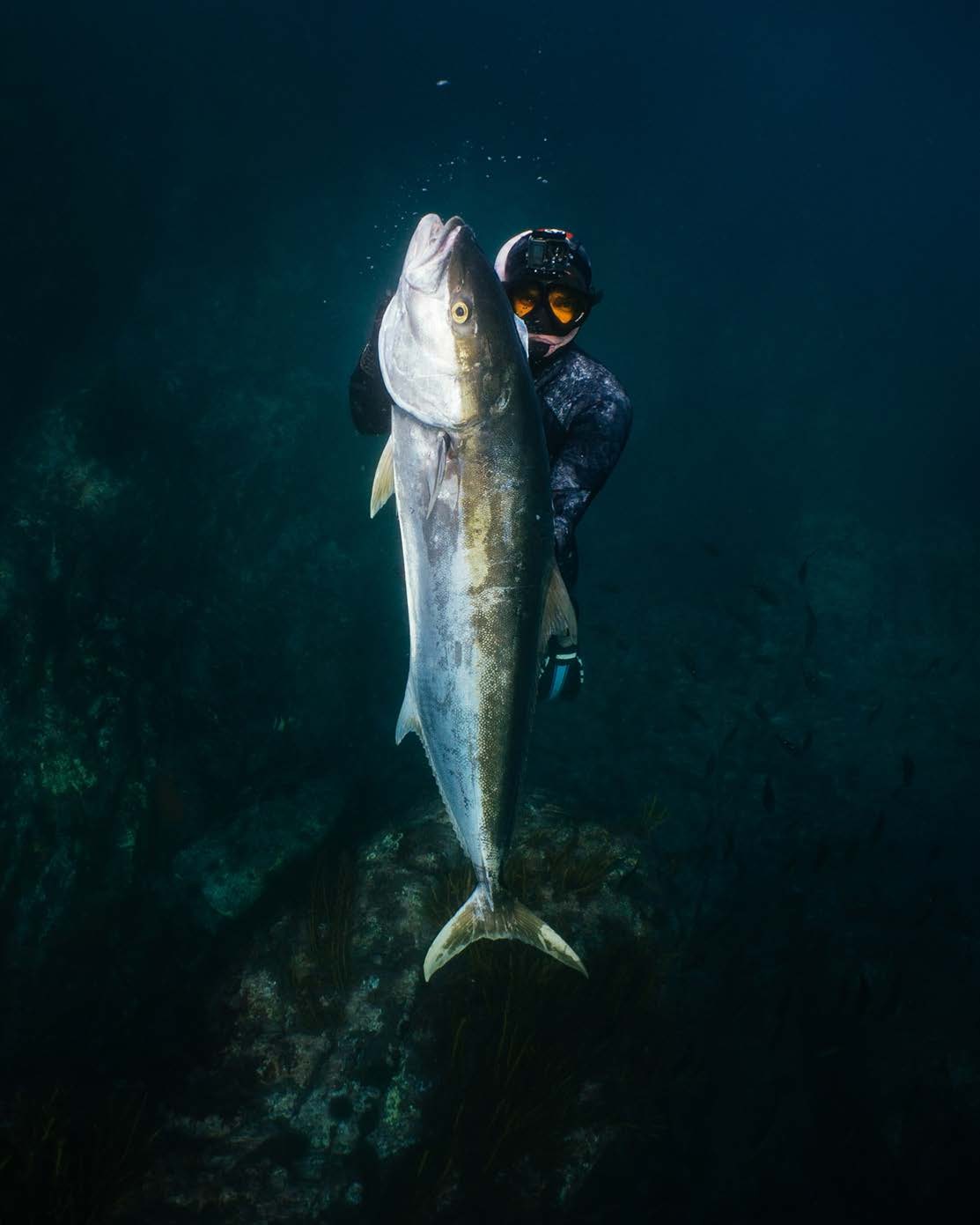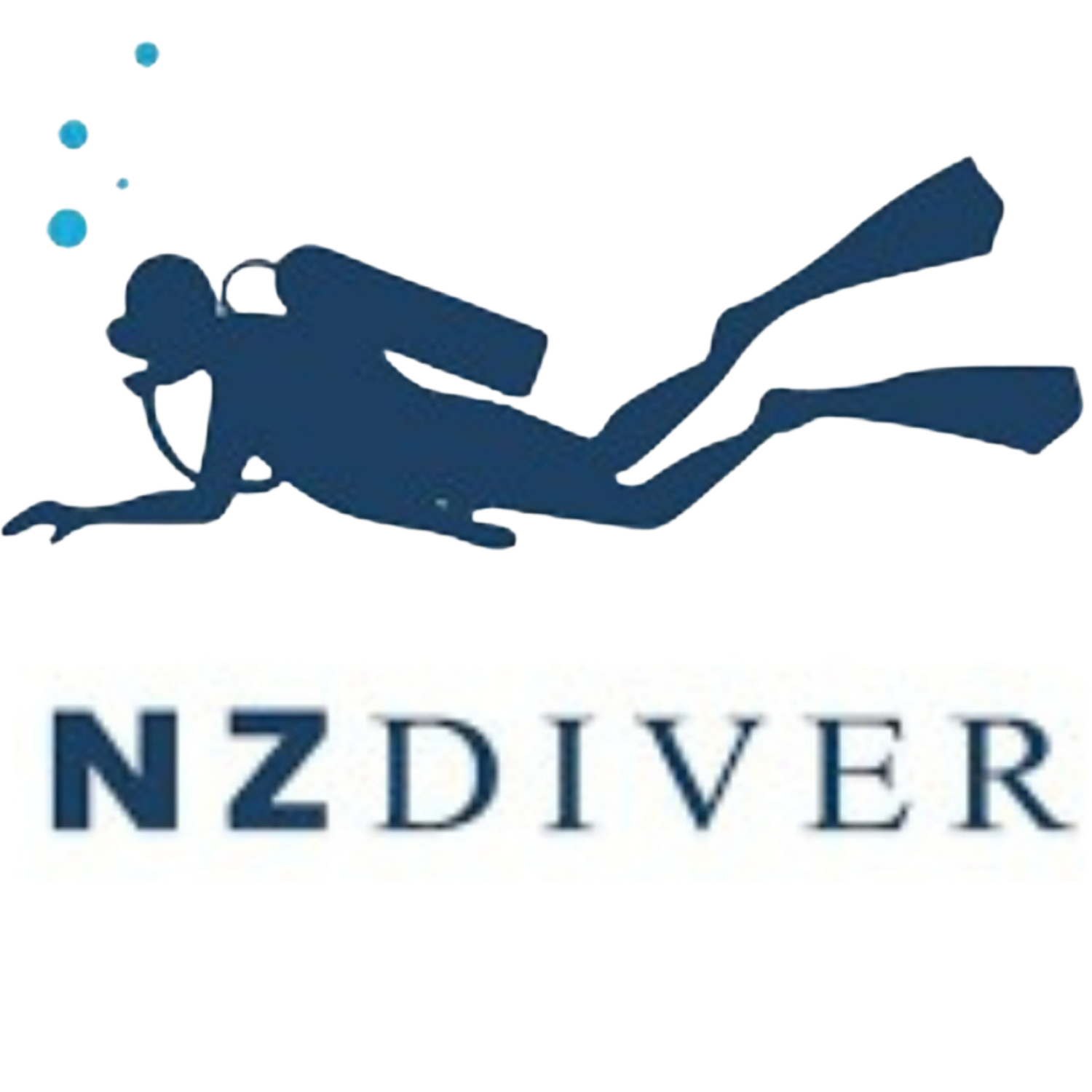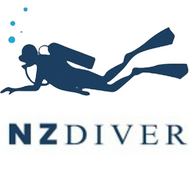News
-

, by numero Access Snorkelling in NZ: What Beginners Should Know About Gear, Safety & Local Conditions?
Snorkelling in NZ offers a simple, affordable way to explore the country’s underwater life, but for beginners, knowing where to start can feel confusing. New...
-

, by numero From Screen to Sea: Smarter Hunting and Fishing in NZ
Every Kiwi fisher knows the thrill of heading out before dawn, hoping the fish will be biting. You load up the bait, cast your line,...
-

, by NZDiver Admin Kahawai – How to Catch Them
Kahawai are one of New Zealand’s most exciting and accessible inshore sportfish. Found everywhere from surf beaches to river mouths, they offer fast, surface-feeding action...
-

, by Joseph Dunnig Puerto Galera Dive Trip 2026 – NZDiver Holiday with Verde Island & 26 Dives
🌊 Dive Getaway – Puerto Galera, Philippines With NZDiver – May 2026 Join us for an unforgettable dive adventure in the Philippines!Discover the breathtaking reefs...
-

, by NZDiver Admin New Zealand Dive Clubs A Free Guide
"A helpful guide to choosing the right dive club in your area. Connect, learn, and dive deeper with your local community." Or a slightly more...
-

, by NZDiver Admin Motunau Beach – A Guide to Fishing & Angler Etiquette
Fishing boat crossing the bar at Motunau. Plan Your Trip Around the Tides The bar at Motunau is typically navigable for the average trailer boat...
-

, by NZDiver Admin Chasing Kingfish on the Spear in Winter
Photos by Etoile SmuldersIt is generally accepted that the kingfish in NZ largely ‘disappear’ for the winter months. They typically head to an unknown destination...
-

, by NZDiver Admin How To Catch Snapper
Snapper is arguably New Zealand’s most popular sport and table fish. They are copper-pink on top with a silver-white underside and small blue dots along...
-

, by NZDiver Admin Paua And Abalone
Have you ever heard of the stunning paua abalone from New Zealand? This unique shellfish is not only a culinary delicacy but also a true...
-

, by NZDiver Admin Atlantis G10 - Dive Glove Review
One of the most crucial bits of gear for keeping yourself comfortable in the water is a good pair of gloves. The right pair will...
-

, by NZDiver Admin Diving at Karikari
Karikari Peninsula is a place of stark contrasts. Visiting for the first time, you are immediately faced with desolate, arid-looking countryside that obviously has great...
-

, by NZDiver Admin Cray Tales from Tawharanui
This is what they call aqua aerobics, cray style. For many, just hearing the word ‘crayfish’ will cause their mouths to start salivating at the...













